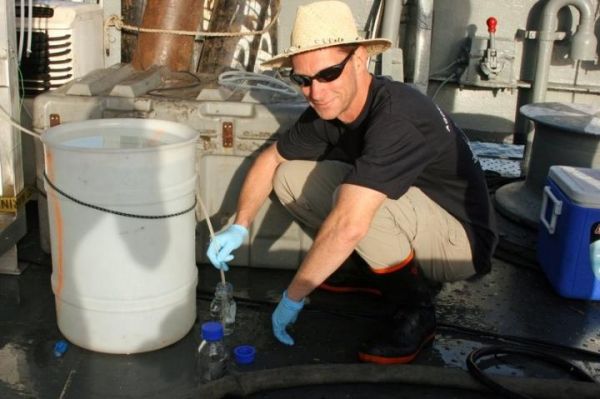Next to CO2, methane is the greenhouse gas that contributes most to the man-made greenhouse effect. Of the methane sources caused by human activity, rice fields and cattle are among the most important. Furthermore, methane is released from swamp areas on land, melting permafrost as in the Arctic tundra, and from areas with oxygen depletion in the oceans.
We have a good understanding of the processes leading to the increasing CO2 content in the atmosphere, but this understanding is far more unclear when it comes to methane.
The majority of the atmosphere's methane is created by microorganisms living under oxygen-free conditions. It has so far been assumed that it is mainly the activity of these organisms that governs the release of methane from e.g. swamp areas on land and ocean areas with oxygen depletion.
1 million square kilometer in the Pacific Ocean
However, new research from the Department of Biology at University of Southern Denmark (SDU) shows that most of the methane created in the ocean's oxygen-depleted areas is removed by methane-eating microorganisms before it is released to the atmosphere.
Read more at University of Southern Denmark
Image: Professor Bo Thamdrup, University of Southen Denmark, is an expert in marine microorganisms. (Credit: SDU)


